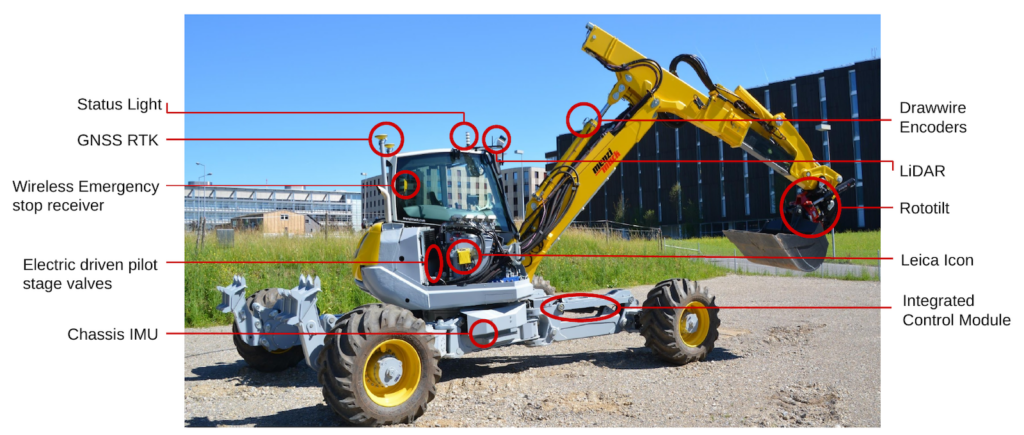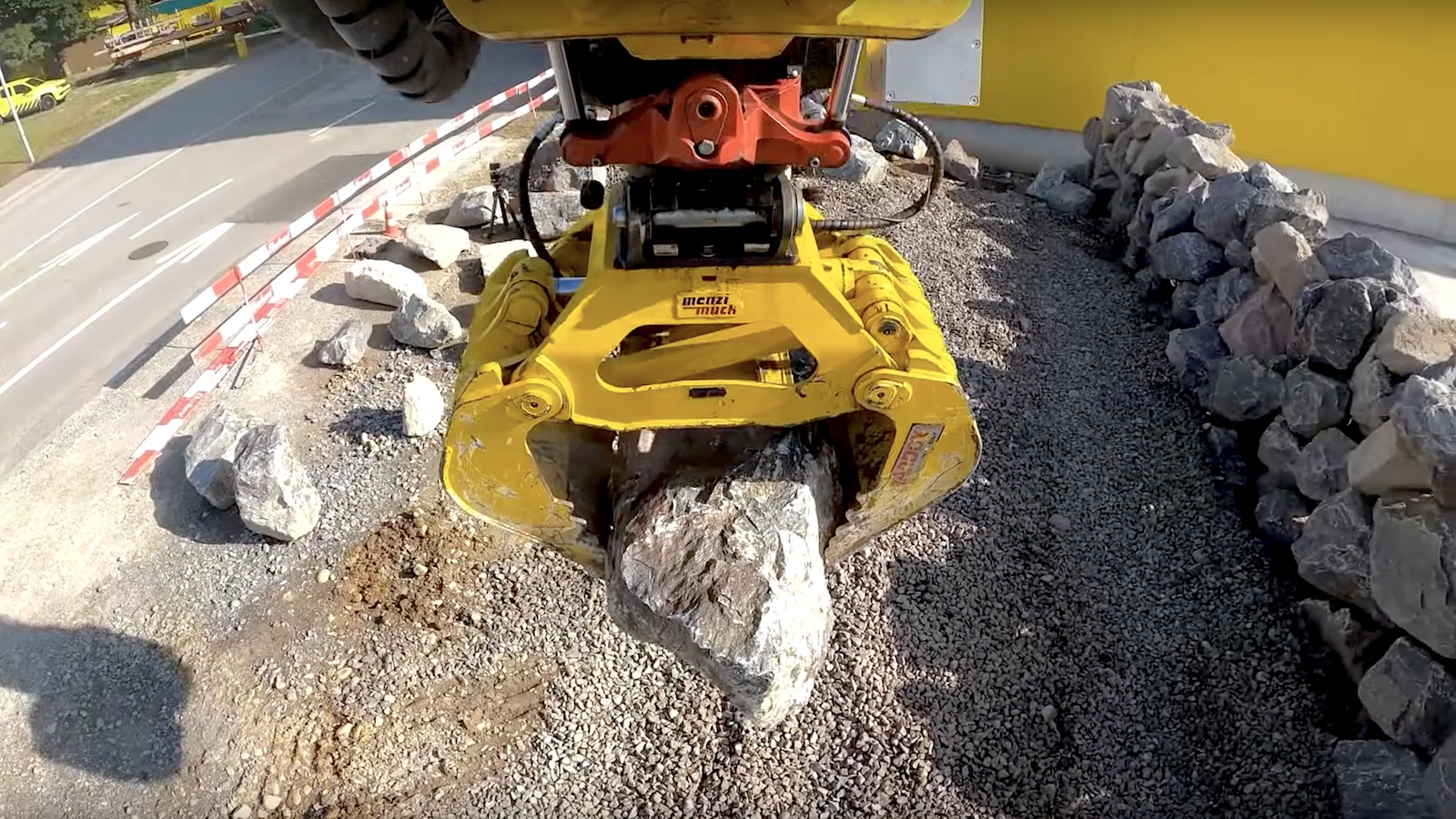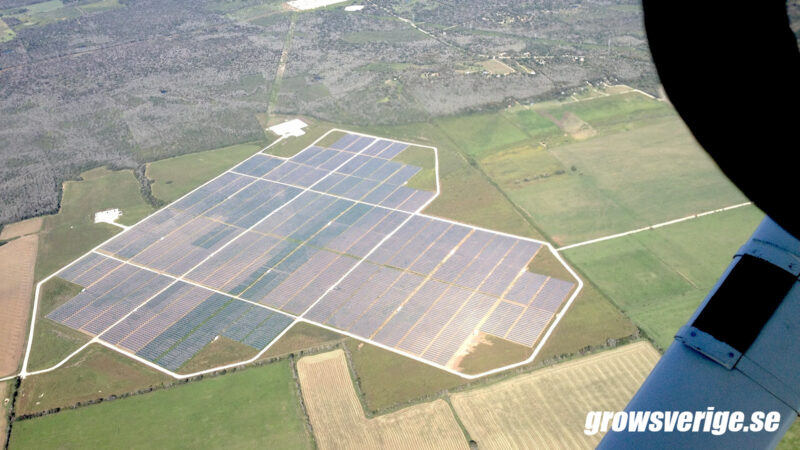Vad händer
Kontext
Med hjälp av sensorer ritar grävmaskinen en 3D- karta av platsen, befintliga klippblock och stenar.
Verktyget har utformats med datorseende och kan läsa in stenarnas form, uppskatta vikten och kanske viktigast av allt, var stenens tyngdpunkt ligger. Därefter avgör verktyget bästa placering för alla stenarna och börjar lyfta dem på plats.

HEAP (Hydraulic Excavator for an Autonomous Purpose) is a customized Menzi Muck M545 developed for autonomous operation that uses electrically-driven hydraulics to operate an advanced boom arm equipped with draw wire encoders, LiDAR, Leica iCON site-mapping, and a Rototilt “wrist” on the end that makes it look more like a high-precision robotic arm than a traditional heavy equipment asset.
ETH Zürich: HEAP
Vad har det för betydelse
“Such operators, however, typically require string and paint references with which to register their construction and often a second or third person outside the machine to provide guidance and to insert small supporting stones, gravel, and soil by hand and shovel. In contrast, our process can build complex nonplanar global surface geometries without physical reference markers, does not require a skilled driver or small supporting stones, and provides a full digital twin of the built structure for better accountability and future reuse.”
The robot is slower, but it gets the job done.
Electrek: Watch this autonomous excavator build a 215 foot retaining wall
Källor
- Electrek: Watch this autonomous excavator build a 215 foot retaining wall
- ETH Zürich: Autonomous excavator constructs a six-metre-high dry-stone wall
- ETH Zürich: HEAP
- YouTube: ETH Zürich: Autonomous excavator constructs a six-metre-high dry stone wall
- YouTube: A framework for robotic excavation and dry stone construction using on-site materials





